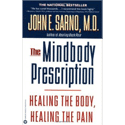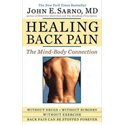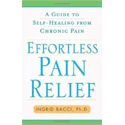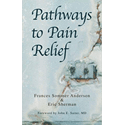Suppressed Anger Leads to Greater Pain

One of the most important things I look at with people in chronic pain is their emotion regulation style. Remember the definition if pain is a “sensory and emotional experience.” The more chronic the pain or pain that came on without a physical injury or around a time of elevated stress is likely to have a large emotional component to it.
Dr. Sarno wrote many books about how repressed emotions (specifically anger/rage) can cause physical health ailments. His work has had a huge influence on my practice. The science has been catching up to support the pioneering work of Dr. Sarno and his theories.
In particular, I see a lot of patients who suppress or even worse repress their anger. One of the camps people fall into into is that they used to get quite angry when they were younger, but now have a tendency to temper (no pun intended) or hold back and suppress their anger now because of its not conducive to their current life (family, spouse, work, etc.) Studies show that when you suppress your anger, it leads to greater physical pain levels (see one study link below).
I want to leave you with a few quotes from a leading researcher in this area Dr. JW Burns. He has carried out multiple studies on anger and pain. He says:
“Findings generally show that participants instructed to suppress anger-related thoughts and feelings during anger induction reveal significantly greater pain intensity during subsequent pain induction than participants who underwent anger induction but were not instructed to suppress, both in healthy adults and chronic low back pain patients.”
https://www.ncbi.nlm.nih.gov/pmc/articles/PMC4170680/#S5title






